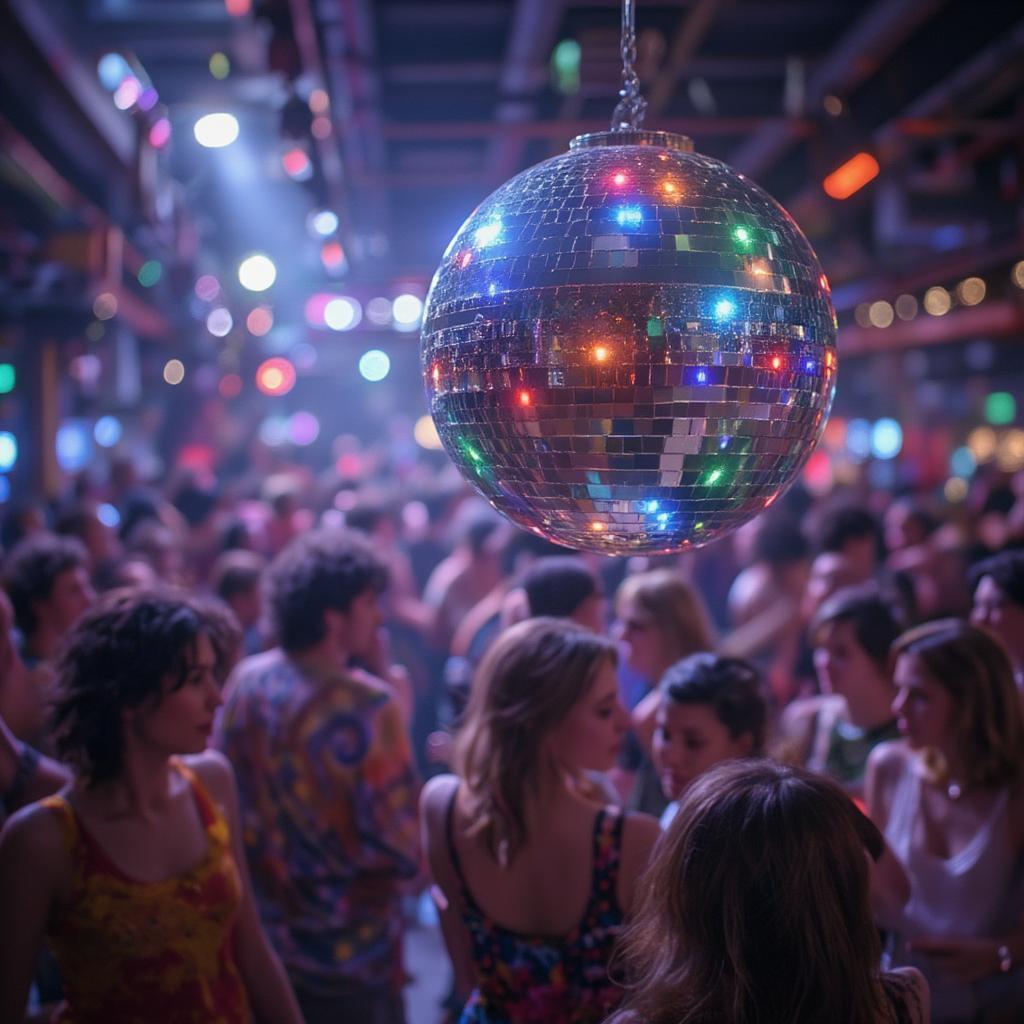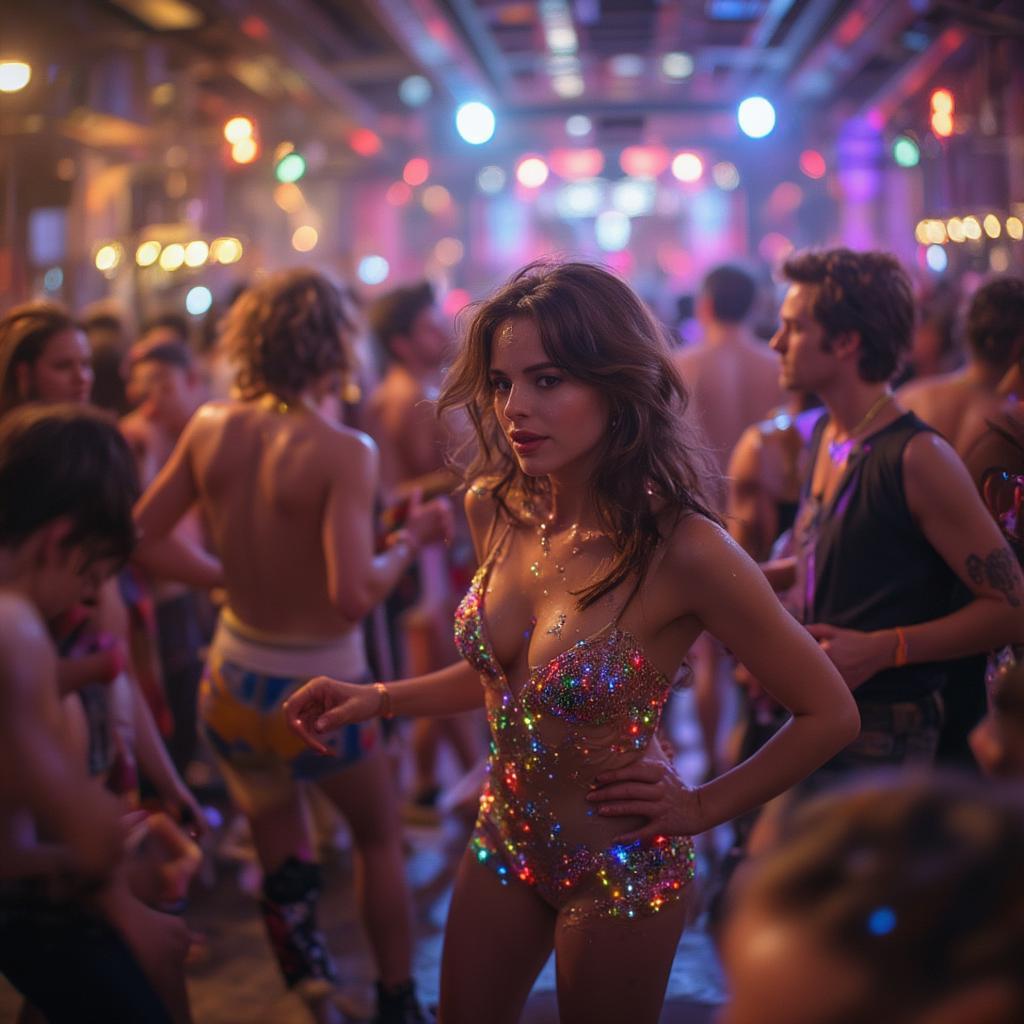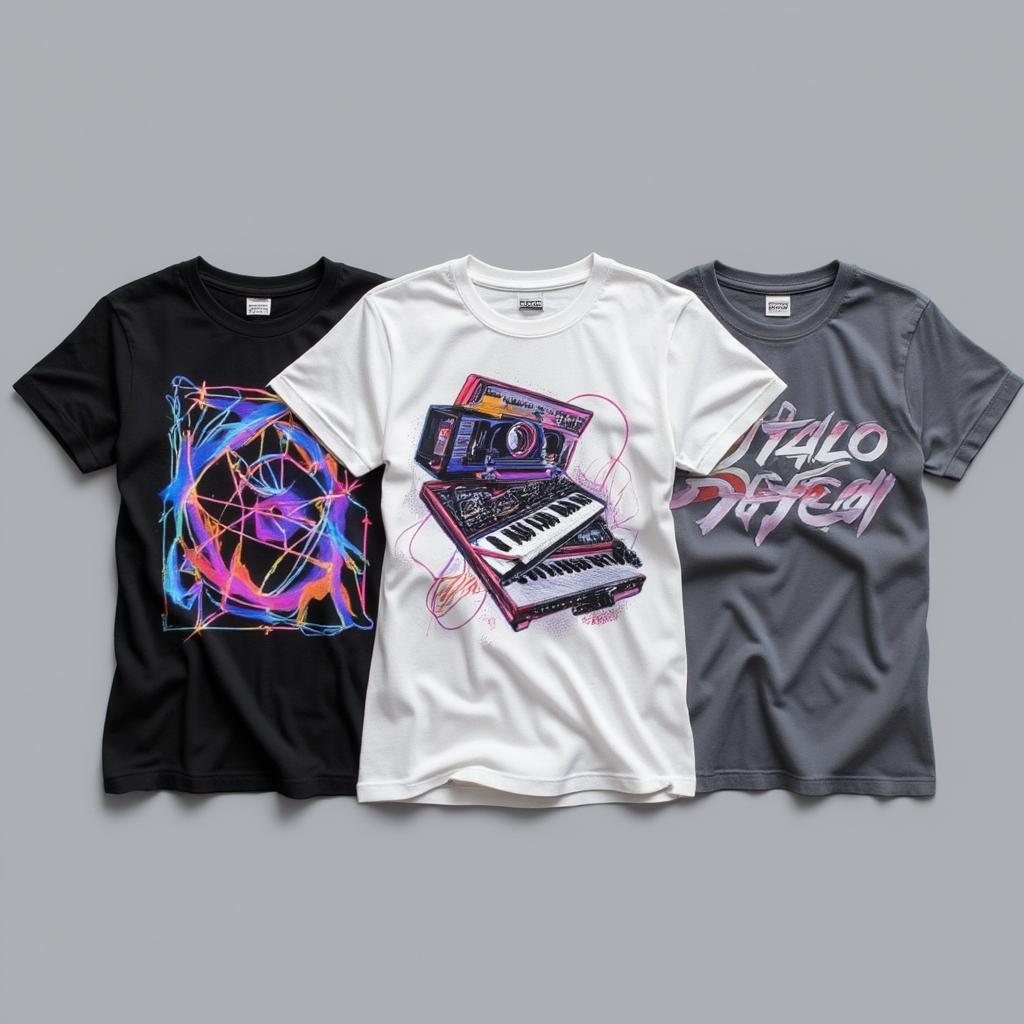Get Down Tonight: Unpacking the Irresistible Disco Sound Music
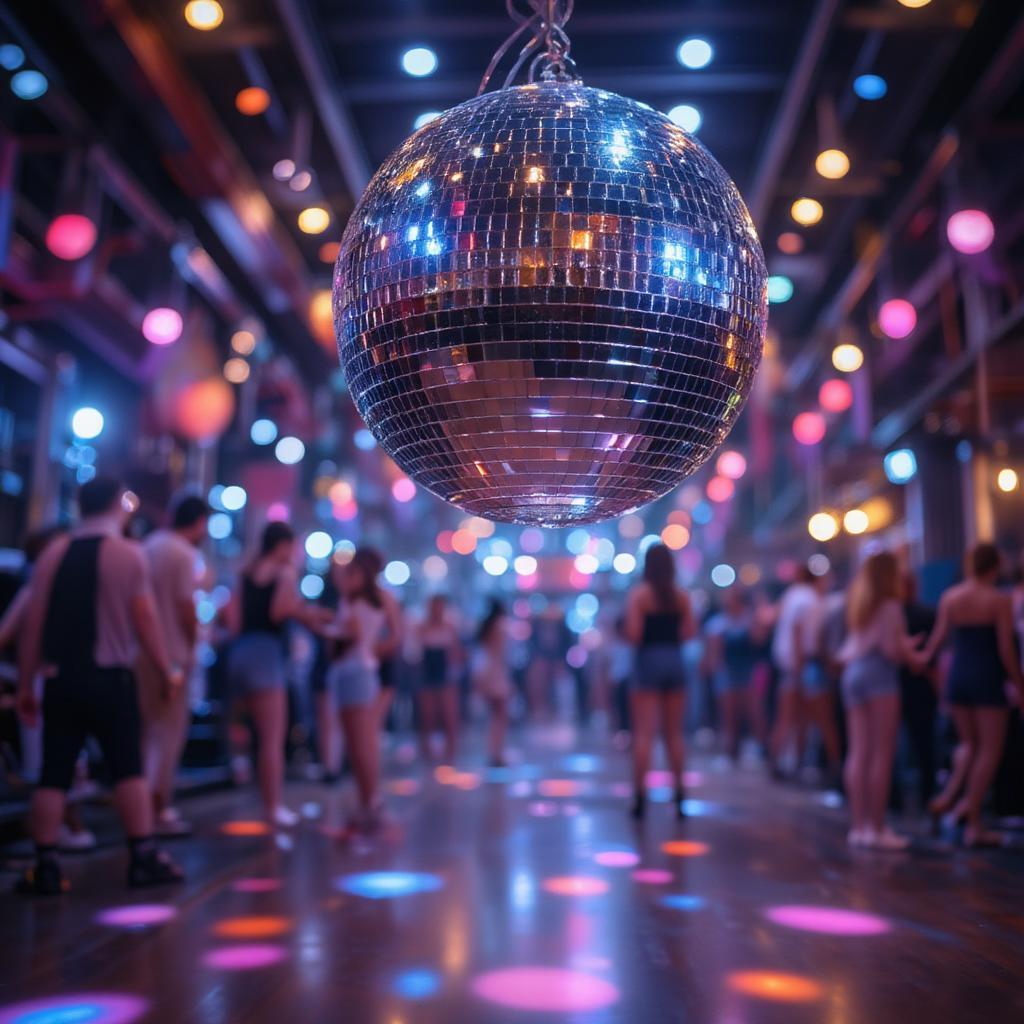
The Disco Sound Music is more than just a genre; it’s a cultural phenomenon that continues to ignite dance floors and inspire generations. From its soulful roots to its glittering heights, disco’s pulsating rhythms and infectious energy have left an indelible mark on the music world. Let’s dive deep into what makes this sound so iconic and eternally captivating.
What Exactly is the Disco Sound?
Disco, at its core, is a fusion. It’s where funk’s rhythmic swagger meets the sophistication of soul, all polished with a high-energy, dance-floor-ready sheen. But what are the specific elements that define this legendary sound?
- The Four-on-the-Floor Beat: Perhaps the most distinctive characteristic, this is a constant, unwavering bass drum pulse on every beat of the measure, creating an irresistible urge to move.
- Syncopated Bass Lines: Often played on a funky electric bass, these rhythmic lines provide the groove and drive behind the beat, locking in perfectly with the drums.
- Layered Percussion: Think shakers, congas, cowbells, and tambourines – all working together to create a complex, polyrhythmic foundation.
- Soaring Vocals: Often featuring powerful female vocalists, the vocals are usually delivered with passion and flair, sometimes enhanced with harmonies and echo effects.
- Strings and Horns: Sweeping strings and punchy horns add lush textures and dramatic emphasis, often arranged with an ear for grandeur and emotional resonance.
- Wah-Wah Guitar: This effect is used on guitars to create a funky, almost talking sound, adding yet another layer of rhythmic complexity.
- Emphasis on Melody: While the groove is essential, disco melodies are often catchy and memorable, making the songs stick with listeners long after the music stops.

The Origins and Evolution of the Disco Sound
Disco didn’t spring up overnight. It evolved from a mix of styles and social factors, taking root in the underground clubs of the early 1970s. Early disco blended soul, funk, and even a touch of psychedelia, and soon found a home in New York City’s gay and Black club scenes, creating a space for freedom and self-expression.
As the decade progressed, disco became more polished, more commercially appealing, and more glamorous. Producers began experimenting with new technologies, adding synthesizers, drum machines, and sophisticated studio techniques. These innovations further refined and enhanced the core elements of the [disco sound music]. Artists like Donna Summer and the Bee Gees took the sound to new heights of pop culture dominance, showcasing the genre’s inherent crossover appeal. You can clearly see the influence when listening to the [best disco album in the world ever].
The Decline of Disco and its Resurgence
The disco era, as it’s often conceived, had a rather abrupt end by the early 1980s, due to backlash and changing public tastes. But that didn’t mean the music disappeared. Instead, it went underground, evolving into new forms of dance music that continue to dominate club culture today. The legacy of the disco sound lives on, especially in house music, techno, and even pop.
Key Artists and Tracks that Define the Disco Sound
When talking about the disco sound, it’s crucial to acknowledge the artists that pioneered and popularized it. Here are some of the titans of the genre:
- Donna Summer: The “Queen of Disco,” whose sensuous vocals and experimental sounds shaped the direction of the genre.
- The Bee Gees: Transformed from pop stars to disco icons with their falsetto harmonies and irresistible hooks.
- Diana Ross: With her polished stage presence and soulful voice, Ross perfectly embodied the glamour of the disco era.
- Chic: Known for their sophisticated, groove-driven sound and minimalist arrangements, they were incredibly influential in shaping disco’s funkier side.
- KC and the Sunshine Band: With their high-energy, party-friendly anthems, they brought a joyful exuberance to the dance floor.
And let’s not forget some of the landmark tracks, that continue to be replayed and remixed:
- “Stayin’ Alive” by the Bee Gees
- “I Will Survive” by Gloria Gaynor
- “Last Dance” by Donna Summer
- “Good Times” by Chic
- “That’s the Way (I Like It)” by KC and the Sunshine Band
These songs encapsulate the essential elements of the [disco sound music], each contributing to its legacy. Listening to the [top 20 disco songs of the 70s] is like a trip through time, bringing back the golden age of dance music.
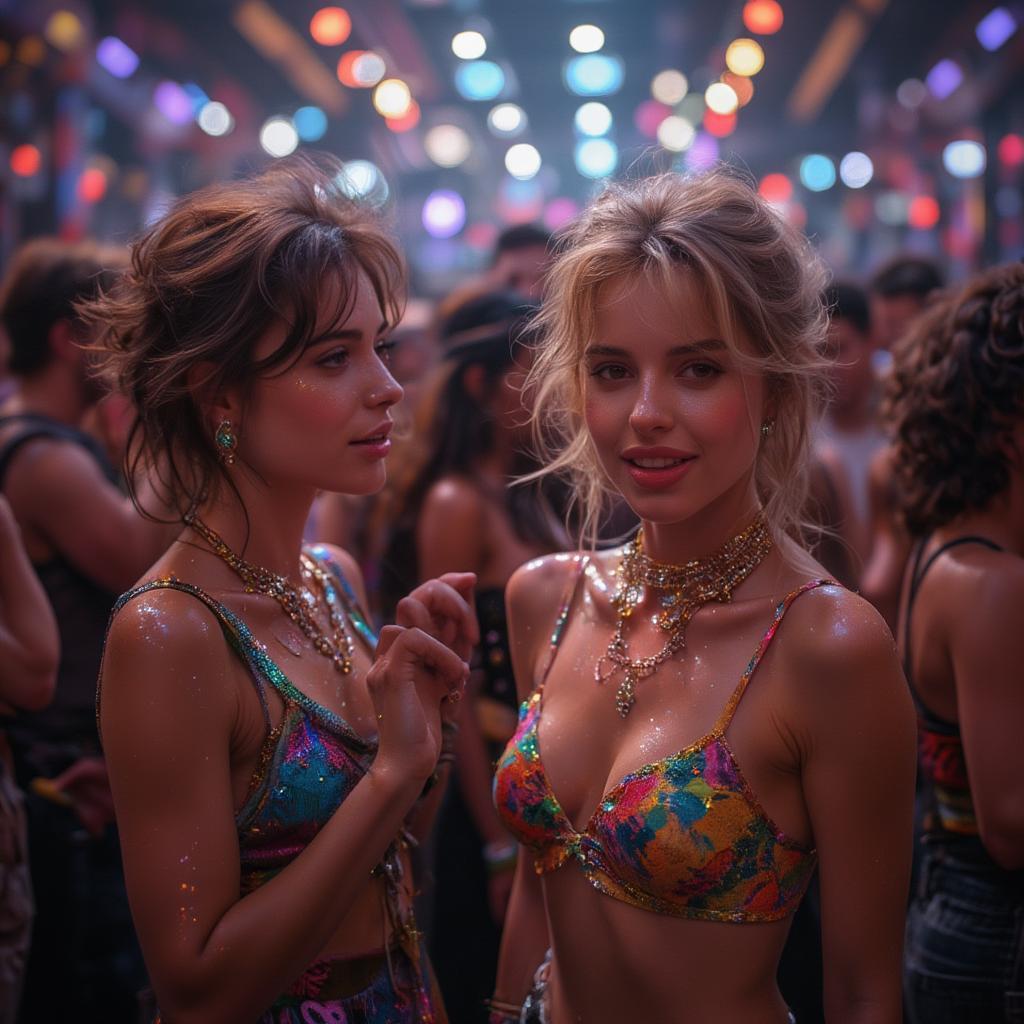
How to Recognize and Recreate the Disco Sound Today
Want to dive into the disco sound? Here’s how to recognize it and even create it:
- Listen Closely: Pay attention to the specific elements we’ve discussed – the four-on-the-floor beat, layered percussion, prominent basslines, and soaring vocals.
- Study the Classics: Immerse yourself in the music of the original disco artists. Listen to their arrangements, their vocal styles, and the overall energy they bring to the music. You will find a treasure trove when listening to [disco songs 1977].
- Embrace Repetition: The repetitive nature of disco is a big part of its charm. Don’t be afraid to build on simple grooves and hooks.
- Experiment with Sounds: While the classics are vital, also experiment with modern sounds and effects. Use synths, loops, and sampling to push the boundaries of the genre.
- Focus on the Dancefloor: Disco is all about making people move. Always keep the dance floor in mind when producing or playing disco music.
“The key to mastering the disco sound is understanding its fundamental rhythm—the four-on-the-floor beat. Once you’ve got that pulsating foundation down, you can layer on the syncopated bass, the shimmering percussion, and those soaring vocals that give the genre its incredible energy,” says Dr. Eleanor Vance, a seasoned musicologist specializing in popular music history.
The Cultural Impact of the Disco Sound
Disco was more than just music; it was a cultural force. It championed self-expression, inclusivity, and the sheer joy of dance. Disco clubs became melting pots where people from all walks of life could come together, let loose, and celebrate. It transcended racial, social, and sexual divides, creating a space of freedom and acceptance. The impact of [dance 80’s music disco mix] still can be felt today in clubs and music festivals.
Disco’s Influence on Fashion and Film
Beyond the music itself, disco’s cultural impact is evident in fashion and film. The era’s bold and glamorous style – think platform shoes, bell-bottoms, sequined outfits, and shimmering fabrics – still inspires designers and fashionistas alike. Films like Saturday Night Fever and Thank God It’s Friday brought the disco culture to the mainstream, further cementing its place in pop culture history. The album of [alicia bridges i love the nightlife album] demonstrates this connection between music, style and the energy of the era.
Disco’s Enduring Legacy
The legacy of disco continues to resonate in the 21st century, influencing not just the music we listen to but also the way we dance and celebrate. It is a testament to the power of music to unify, inspire, and to simply make people feel good. Whether you’re a seasoned disco aficionado or a newcomer to the scene, the joy and energy of the [disco sound music] is undeniable. It’s a sound that continues to move us, even decades later.
“Disco’s impact isn’t just about the music; it’s about the feeling. It represents a moment when people came together to embrace life, to dance without reservation, and to celebrate their individuality,” notes Professor Miles Corbin, an expert in cultural studies and social history.
Conclusion:
The [disco sound music] is an unforgettable force in the musical landscape. With its infectious rhythms, layered instrumentation, and messages of freedom, it continues to captivate and inspire. Whether you are reliving the glory days or discovering the magic for the first time, the disco sound invites everyone to join in the dance.
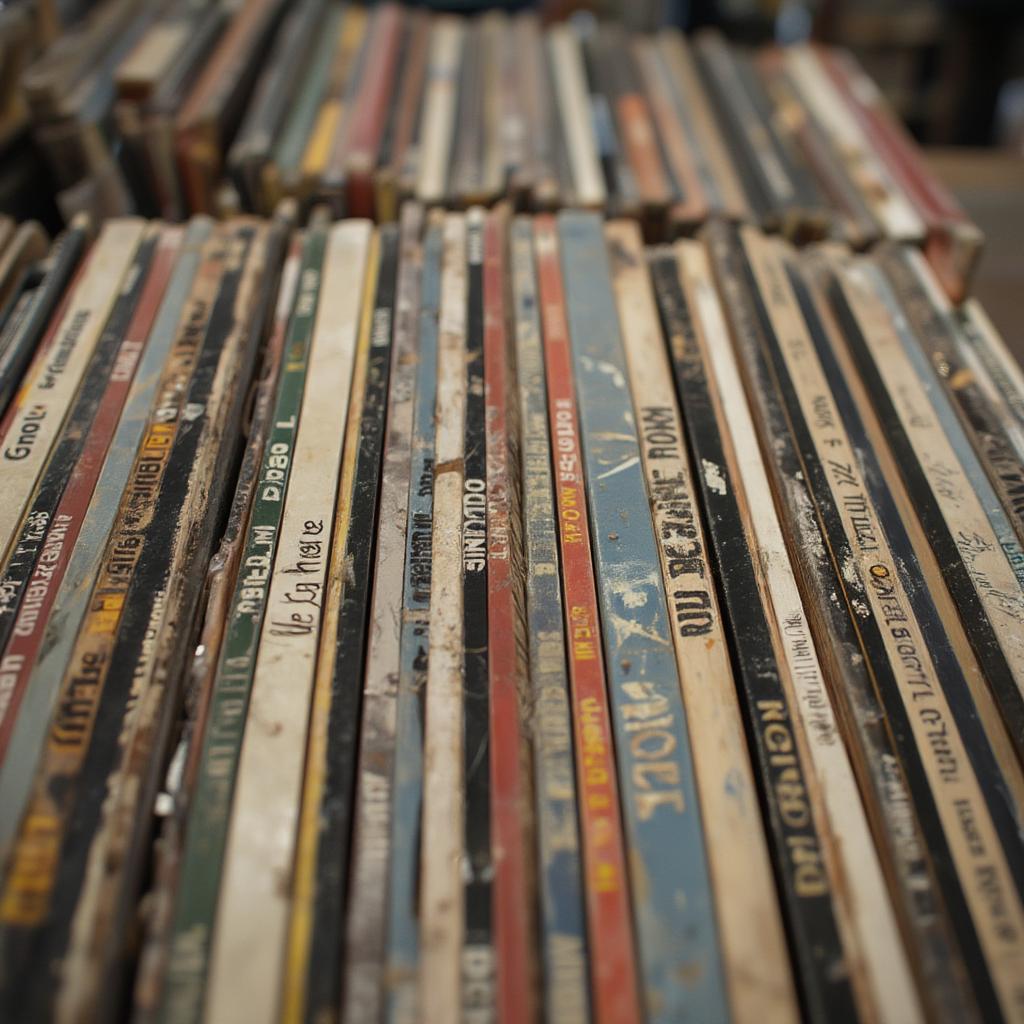
FAQs About the Disco Sound Music
-
What defines the “four-on-the-floor” beat in disco music?
It’s a consistent bass drum rhythm hitting on every beat of the measure, creating a powerful and driving pulse that is perfect for dancing. -
Who were some of the major artists that defined the disco era?
Artists like Donna Summer, the Bee Gees, Diana Ross, Chic, and KC and the Sunshine Band were instrumental in shaping the disco sound. -
What are some key instruments typically used in disco music?
Key instruments include electric bass, drums, synthesizers, guitars with wah-wah effects, strings, horns, and various percussion instruments. -
How did the disco sound evolve over time?
It began with influences from soul and funk, then evolved with more complex arrangements, synths, and studio techniques. -
Why did disco’s popularity decline in the early 1980s?
Disco experienced backlash and changing tastes, leading to a decline in mainstream popularity, but it continued evolving underground. -
What is the legacy of disco music today?
Disco’s legacy is huge, as it continues to influence dance music, pop, and elements of contemporary culture in general. -
Is it possible to recreate the disco sound using modern techniques?
Yes, with a focus on the four-on-the-floor beat, layered percussion, and groove, it’s possible to create a modern disco sound. -
How can I learn to dance to disco music?
The best way to learn is by listening to the music, understanding the rhythm, and trying out moves, either by attending dance classes, observing experienced dancers, or practicing at home.


